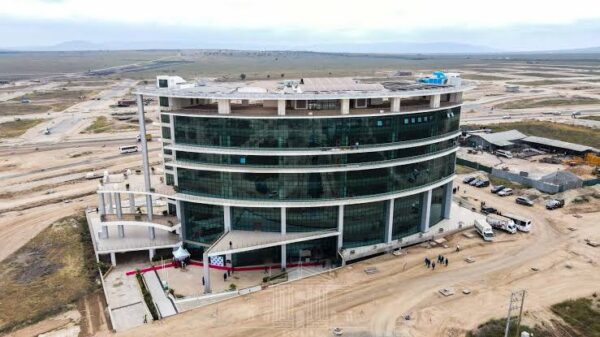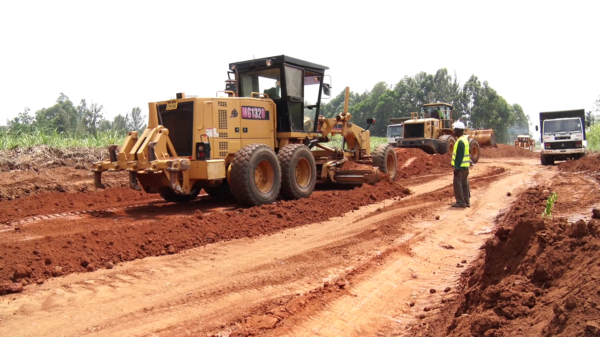HONG KONG, Sept 22 – The Asian Development Bank on Tuesday raised its regional growth outlook for this year but warned that recovery signs were not yet strong enough for Asian governments to remove the stimulus prop.
The Manila-based bank said that a huge dose of spending put Asia on course to lead the world out of its economic slump, updating its 2009 forecast for gross domestic product (GDP) to 3.9 percent growth from 3.4 percent in March.
It also upgraded its 2010 estimate to 6.4 percent from 6.0 percent.
"Despite worsening conditions in the global economic environment, developing Asia is poised to lead the recovery from the worldwide slowdown," said ADB chief economist Jong-Wha Lee.
The region\’s growth prospects were enhanced by "firm action by many governments and central banks, the relatively healthy state of financial systems prior to the global crisis" and a quick turnaround in "larger, less export-dependent economies," the report said.
Lee added that economic activity in the larger developing Asian economies had rebounded and output looked set for a so-called V-shaped comeback.
However, he cautioned central governments and banks against any hasty withdrawal of stimulus packages.
"This is not the timing for implementation of exit policy," Lee told a press conference in Hong Kong.
The economist also warned against reliance on external demand as the global recovery "is still very slow."
He said Asian economies should instead focus on domestic demand and encourage intra-regional trade by removing trade barriers and protectionist policies on the labour force.
The report looked at prospects for countries stretching from the former Soviet states of Central Asia to some of the tiny Pacific islands, excluding developed countries such as Japan, Australia and New Zealand.
The ADB said it boosted China\’s GDP outlook by 1.2 percentage points to 8.2 percent this year thanks to huge pump-priming in the world\’s third-biggest economy.
Beijing has targeted growth of 8.0 percent to keep unemployment at bay and avoid social unrest. The ADB has forecast 8.9 percent growth next year, up from 6.5 percent projected in March.
It highlighted a 585-billion-dollar stimulus late last year, a massive surge in bank lending in the first half of this year and "aggressive monetary easing".
Export-dependent China announced its huge spending policy last year to boost domestic consumption and infrastructure projects, as key overseas markets in the United States, Japan and the eurozone went into recession.
The move led to a surge in imports, which in turn helped regional exporters.
India was tipped by the ADB to grow 6.0 percent in 2009, up from a previous forecast of 5.0 percent. Next year the ADB estimates the South Asian giant will expand seven percent, 0.5 percentage points up from March\’s estimate.
The report said despite weak exports and a poor agricultural outlook, "adroit economic management" by New Delhi had minimized the impact of the global downturn.
The improved economic outlook is reflected in stock markets regionally, which have surged from troughs recorded in March, just weeks before the last ADB report.
It said a strong financial sector had helped Asia through the downturn, while high savings rates and low household debt meant consumers were also able to absorb some of the shock.
South Korea was still predicted to contract, albeit at a slower pace due to government intervention.
But the heavily export-reliant economies of Hong Kong, Singapore and Taiwan were expected to shrink sharply this year as demand for their goods stays quiet and their markets only slowly regain strength.
The ADB said despite a positive outlook for Indonesia and Vietnam, a deteriorating path ahead for Malaysia and Thailand had forced it to cut Southeast Asia\’s outlook to 0.1 percent growth, from 0.7 percent in March.
Central Asia, which is grappling a banking crisis and a fall in the price of its key export oil, is seen growing just 0.5 percent now, compared with a previous forecast of 3.9 percent.



































